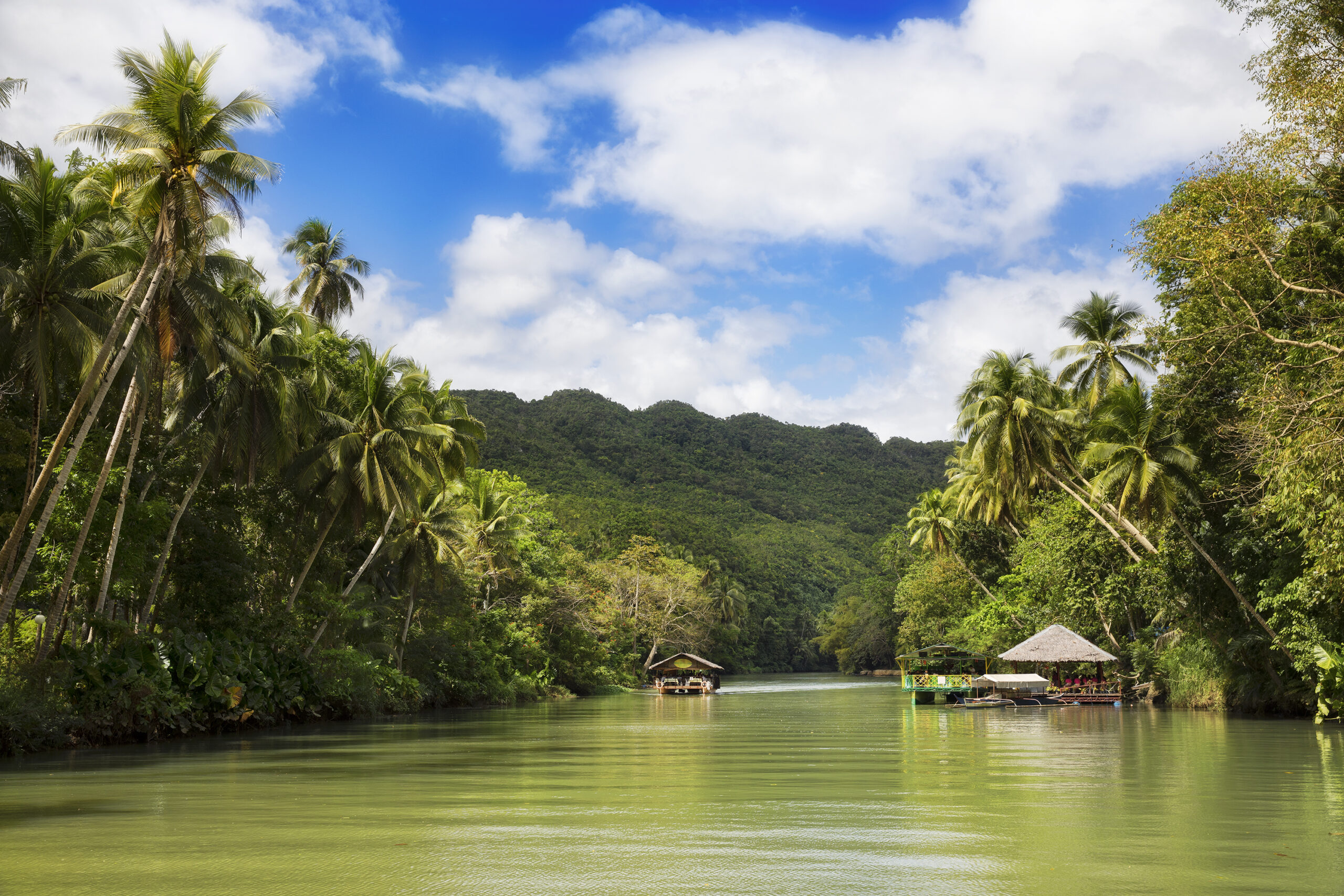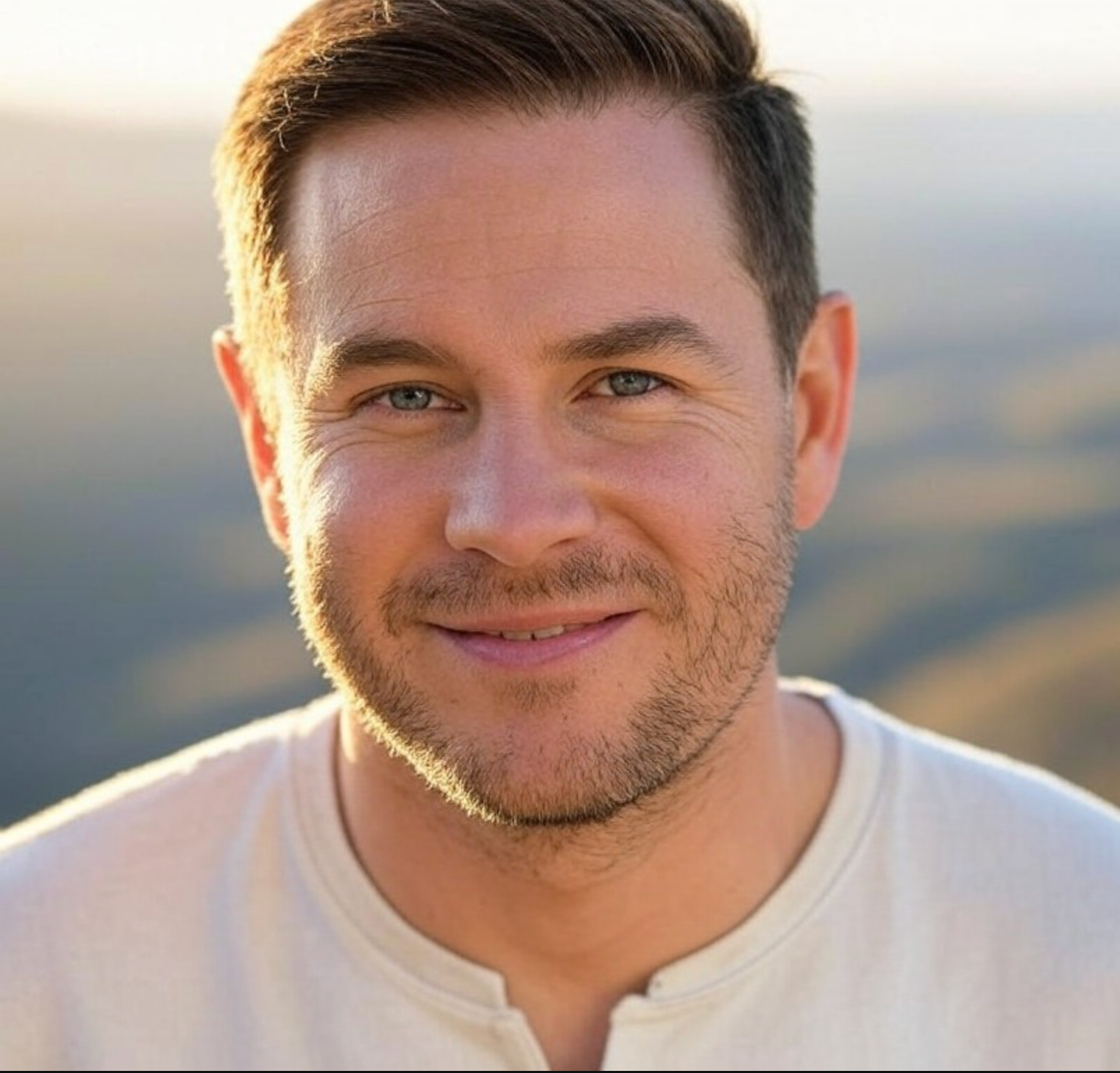As Apocalypse Now sees its new 4K Ultra HD release on 19th November, it’s often forgotten that the film’s Vietnam was never the real Vietnam. Coppola shot everything in the Philippines, in locations that still exist today.
The making of Apocalypse Now in the Philippines is as much a part of cinema legend as the film itself. In March 1976, Francis Ford Coppola landed on the island of Luzon with his crew, convinced filming would wrap up in six weeks. He would leave 238 days later, having endured a devastating typhoon, Martin Sheen’s heart attack, and a $17 million budget overrun.
Coppola had chosen the Philippines for its landscapes, similar to Vietnam, and for the logistical support from the dictator Marcos, who lent his military helicopters between battles with rebels. Fifty years on, these places are still there. Some have become major tourist attractions; others have simply returned to their normal lives. Here’s what you can still see of the settings used to film one of the greatest works on the Vietnam War, without ever setting foot in Vietnam.
Pagsanjan Falls: The River to Kurtz’s Hell
The Pagsanjan River, in Laguna province, stood in for the fictional Nung River leading to Colonel Kurtz’s compound. This is where the gradual journey into madness was filmed, its banks growing ever-more oppressive. The Do Lung Bridge, that surreal scene where no one is in command, was built entirely over this river.
Today, Pagsanjan Falls is one of the most popular tourist attractions in the Philippines. Visitors board bancas (traditional dugout canoes) skilfully handled by two boatmen who paddle upstream for about an hour. The journey passes through a gorge with walls over 30 metres high, covered in tropical vegetation. At the destination, the falls cascade down a cliff, and you can ride a bamboo raft behind the cascade to access the ‘Devil’s Cave’.
The contrast is striking. Where Coppola filmed horror and the descent into hell, groups of tourists are now “shooting the rapids” on the way back, descending the fast-flowing water amidst peals of laughter. The site is explicitly marketed as the filming location for Apocalypse Now, but no sets remain. What’s left is the river itself, its cliffs, and that feeling of being swallowed by the jungle.
Access from Manila takes 2-3 hours by road via the South Luzon Expressway. Most organised tours include transport, the boatmen, and the entrance fee to the falls. Be aware that requests for extra tips from guides are common practice. The best time to visit is between August and September, when the rains swell the river, making the rapids more spectacular.

Baler: Where Charlie Don’t Surf
Charlie’s Point, just north of Sabang Beach in Baler, is the beach featured in the iconic scene where Robert Duvall declares, “Charlie don’t surf.” This spot in Baler Bay, Aurora province, is where the helicopter attack and surfing-under-explosions scenes were filmed.
The irony of the story: the film crew left their surfboards behind for the locals when they departed, unwittingly kick-starting the Philippines’ passion for surfing. In 2023, Baler was officially declared the “birthplace of Philippine surfing” by a Republic Act. Fifty years after Apocalypse Now, Baler has become the surfing destination on Luzon, complete with surf schools, international competitions, and a thriving local surf community.
Charlie’s Point still exists. The waves there break over a sand and gravel bottom, suitable for surfers of all levels depending on the swell. But Baler’s best spot lies elsewhere: Cemento Reef (also known as Cobra Reef) is a powerful reef break reserved for experienced surfers, where local competitions are held. For beginners, Sabang Beach remains the ideal spot with its gentle waves and numerous schools offering board rentals and lessons.
The town of Baler has kept its laid-back vibe despite the influx of tourists. You’ll find a museum tracing its history, which includes some photos from the Apocalypse Now shoot. The surfing season runs from October to February, when the Pacific swell is most consistent. From Manila, expect a 5 to 6-hour bus journey via Genesis Transportation or JoyBus, with daily departures from Cubao. The trip crosses the Sierra Madre mountains—a journey that is sometimes chaotic but often spectacular.
Luzon Island: A Substitute Vietnam
Coppola chose the island of Luzon for the similarity of its landscapes to Vietnam. But there was also a more pragmatic reason: filming in Vietnam during the Cold War was impossible. The Philippines offered tropical jungle, terraced rice paddies, and, above all, the cooperation of dictator Ferdinand Marcos.
Marcos lent helicopters from the Philippine army for the aerial scenes. The problem was that these same aircraft were also being used to fight rebel groups and would regularly disappear from the set, recalled for military operations. Pilots would change without warning. This instability only added to the chaotic shoot.
Other locations on Luzon were used as backdrops. Iba, in Zambales province north of Subic Bay, hosted the medevac scenes where the soldiers meet the Playmates. Scenes were also shot in the Metro Manila region. Local Ifugao people were hired as extras, and the final water buffalo ritual was a genuine traditional Ifugao ceremony that Coppola filmed.
Most of these locations have nothing specific to see today. The sets were dismantled or destroyed. A typhoon struck the island during filming, causing significant damage and wiping out the sets. Whatever was rebuilt afterwards had no connection to the film.
What is still visible is the landscape: the rice terraces in northern Luzon, active volcanoes like Mount Pinatubo near Manila, and the dense jungle. These elements served as the backdrop for the film and, of course, they are still there. But expecting to find concrete traces of Apocalypse Now outside of Pagsanjan and Baler is wishful thinking.

Getting There Today: Practical Tips
Manila serves as the starting point for both main sites. Pagsanjan is 2-3 hours south via the South Luzon Expressway, while Baler is 5-6 hours northeast, crossing the Sierra Madre. It’s possible to combine both in one trip, but it requires time and planning.
For Pagsanjan, the majority of visitors opt for organised day tours from Manila. Several agencies offer packages that include transport, a guide, and the boat trip. Allow a full day. The alternative is public transport: take a bus to Santa Cruz (Laguna), then a local jeepney to Pagsanjan. It’s cheaper but takes longer.
For Baler, Genesis or JoyBus coaches leave from the Cubao terminal in Manila. Booking is recommended, especially for the more comfortable JoyBus services. The journey is long and winding. Plan for at least two days on-site to enjoy the surfing and explore the area. Accommodation ranges from beach resorts to backpacker hostels on Sabang Beach.
What should you expect? In Pagsanjan, nothing resembles the film sets. The Do Lung Bridge is long gone. But the river, its gorge, and the falls are worth the trip in their own right. In Baler, Charlie’s Point is an ordinary beach where it takes a stretch of the imagination to relive the mythical scene. The Baler museum dedicates a few photos to the shoot, and not much else.
The Philippines is not an Apocalypse Now museum. These are the locations that inspired the film, not preserved sets. Fifty years later, life has moved on. What remains is the geography: the jungle, the rivers, and the beaches that convinced Coppola he could recreate Vietnam without going there. And paradoxically, that might just be more interesting.

